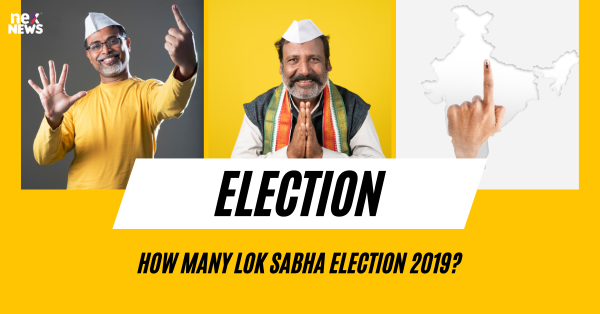Overview of Lok Sabha Elections 2019
The Lok Sabha Elections 2019 are set to be a significant event in India's political landscape. With over 900 million eligible voters, this election is projected to be the largest democratic exercise in the world. The elections will determine the composition of the 17th Lok Sabha, the lower house of India's Parliament, with members elected to represent the diverse population of the country.
Political parties have been actively campaigning, outlining their agendas and promises to appeal to voters across the nation. The election results will not only shape the direction of the country for the next five years but will also reflect the pulse of the Indian electorate. As the election dates draw near, the excitement and anticipation among both political parties and citizens continue to grow.
Important Dates and Schedule of Lok Sabha Elections 2019
The Lok Sabha Elections 2019, spanning over several phases, are set to begin on April 11, 2019, as announced by the Election Commission of India. The electoral process will be conducted in 7 phases, with the final phase scheduled for May 19, 2019. The counting of votes and declaration of results will take place on May 23, 2019. This electoral schedule has been carefully planned to ensure a smooth and efficient democratic process across the nation.
Each phase of the Lok Sabha Elections 2019 will cover a specific set of states and Union Territories to facilitate a structured voting process. With a total of 543 parliamentary constituencies in the country, the elections will see an estimated 900 million eligible voters exercising their democratic right to choose their representatives. The elaborate schedule has been designed to enable all sections of society to participate in the democratic process and elect their preferred candidates to represent their interests in the Lok Sabha.
Total Number of Parliamentary Constituencies in India
India is divided into a total of 543 parliamentary constituencies for the purpose of Lok Sabha elections. Each constituency represents a specific geographic area and elects one Member of Parliament (MP) to the Lok Sabha. The allocation of parliamentary constituencies is based on several factors, including population size, geographical considerations, and administrative convenience.
The number of parliamentary constituencies in each state is determined by the population of that state, with more populous states like Uttar Pradesh and Maharashtra having a larger number of constituencies compared to smaller states like Sikkim and Goa. The delimitation of parliamentary constituencies is carried out periodically to ensure fair representation and to adjust for changes in population distribution across different regions of the country.
Number of Seats in Lok Sabha
The Lok Sabha, the lower house of India's Parliament, consists of a total of 545 seats. Out of these, 530 seats are reserved for members elected from the states and union territories, while 13 seats are allocated for representatives of the Union Territories. Additionally, two seats are reserved for members of the Anglo-Indian community, if not adequately represented in the House.
The system of allocating seats in the Lok Sabha is based on the population of each state and union territory. The number of seats for a state is determined by the state's population in relation to the total population of all states. As per the Delimitation Commission Act of 2002, the number of seats in the Lok Sabha can be readjusted based on the latest census data to ensure fair representation of the people in India's democratic process.
Key Parties and Alliances in Lok Sabha Elections 2019
In the upcoming Lok Sabha Elections 2019, the Bharatiya Janata Party (BJP) is set to play a significant role. Led by Prime Minister Narendra Modi, BJP has been dominating the political landscape in recent years with its strong focus on nationalism and development. The party is part of the National Democratic Alliance (NDA), a coalition of multiple parties supporting BJP's vision for the country.
On the other hand, the Indian National Congress, led by Rahul Gandhi, is looking to make a comeback in the Lok Sabha Elections. Congress is part of the United Progressive Alliance (UPA), a coalition aiming to challenge the ruling NDA. With its emphasis on social welfare and inclusivity, Congress is striving to regain its foothold in the Indian political scenario.
